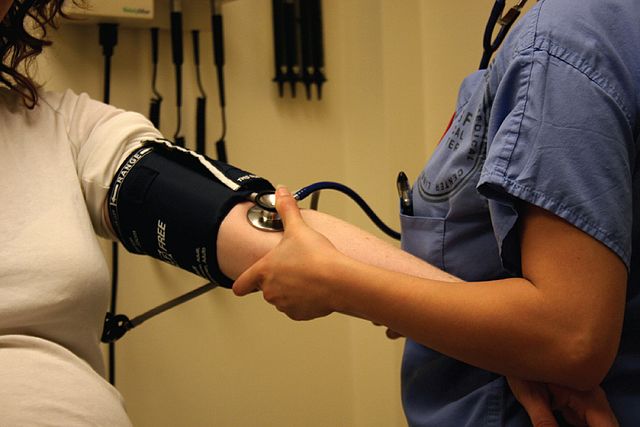HGH Levels in Women: What is Normal?

Understanding HGH levels in women is a detailed process that requires more than just a number on a blood test. While checking the blood is an integral part of evaluating a woman for growth hormone deficiency, it is only one aspect of the diagnostic procedure.
Normal HGH levels in women fluctuate regularly. Growth hormone secretion occurs during the day at 3 to 5-hour intervals. Pulsatile bursts of HGH exit the pituitary gland and enter the bloodstream, racing to receptor cells on tissues throughout the body, including the muscles, bones, liver, brain, and more. Approximately half of all HGH secretion occurs at night while you sleep.
Almost as quickly as HGH enters the bloodstream, it is gone, which makes it a poor choice for blood analysis.
Instead, hormone specialists use the IGF-1 test to determine HGH levels.
Insulin growth factor 1 works with HGH to promote normal tissue, muscle, and bone growth, and the regeneration of cells for those purposes. While IGF-1 levels mirror those of growth hormone, it remains at a stable level during the day making it the ideal blood marker to check. Growth hormone’s release is of a pulsatile nature, entering and exiting the bloodstream at a rapid rate which makes it a poor test marker.
Here are the average HGH levels in women at different stages of life, including what is considered to be the lower end of the spectrum:

What Happens When HGH Levels Are Too Low?
HGH deficiency in adults is not as serious a condition as other health concerns, but what makes it an issue is the way it can lead to more severe problems if left undiagnosed and untreated. More about Low HGH levels
Low HGH levels in women that are left to continue for many years can increase the risk of the following health issues:
- Heart disease
- Diabetes
- Osteoporosis
- Obesity
- Atherosclerosis
- Dementia
- High blood pressure
- High cholesterol
- Stroke
- Additional hormonal imbalances
When growth hormone levels decline, the body no longer regenerates cells at the same rate as in one’s earlier years. This leads to the following issues:
- Internal organ shrinkage
- Muscle loss
- Decreased bone density
- Thinning and sagging of the skin
- Increased wrinkles and cellulite
- Hair loss or thinning
- Brittle nails
- Reduced eyesight and night vision
HGH levels also impact:
- Metabolism
- Immunity
- Sexual desire and functions
- Temperature regulation
- Mood and outlook
- Memory
- Cognitive functions
- Focus
- Drive and motivation
- Productivity
- Sleep
- Weight
- Socialization
- Symptoms associated with menopause
It is easy to understand why adults with HGH deficiency often describe feelings of depression as being a daily part of their existence. It is hard to imagine living each day more tired than the one before. When you wake up and look in the mirror and see an older reflection looking back, it is natural to feel depressed – but it does not have to be that way. HGH replacement therapy can reverse these changes and symptoms, returning your body back to a more youthful, energetic state.
What Happens When HGH Levels Are Too High?
Too much human growth hormone will, in turn, cause the liver to increase production of IGF-1 to an abnormal level. High HGH levels in women can lead to other health issues, such as:
- Acromegaly – the enlargement of bones in the jaw, hands, and feet
- Swelling of the nose
- Enlarged organs, including the heart
- Type 2 diabetes
- High blood pressure
- Arthritis
- Carpal tunnel syndrome
- Decreased life span
- Increased risk of cardiovascular disease
- Edema – fluid retention and swelling in the hands and feet
Hormone specialists use careful calculations when determining the ideal dosage of HGH for adults, which helps avoid an excessive amount of human growth hormone so that issues such as these do not occur. In the rare instance of an unwanted side effect of treatment, the doctor can lower the dosage until the problem resolves itself before slowly increasing the dose of HGH back to the desired amount.

